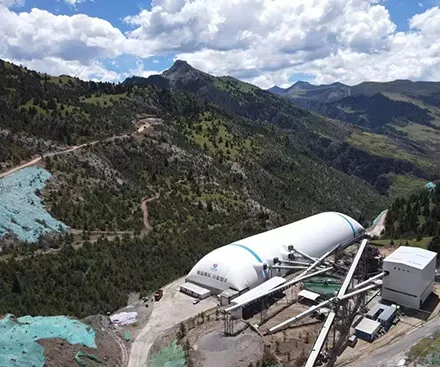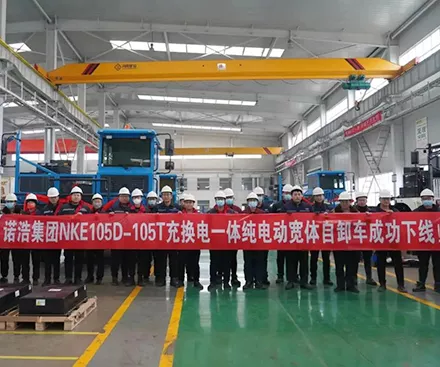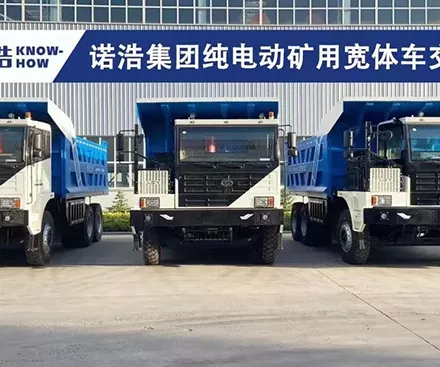Excavators are indispensable tools in the earthmoving industry, serving a variety of purposes in construction, utility work, demolition, scrap handling, quarrying, aggregate operations, and waste recycling. Wherever there's material to be moved, you're bound to find an excavator nearby.
Whether you're planning to rent or use an excavator, it's essential to thoroughly understand these reliable digging tools before making any decisions.
While there exists a wide variety of machine types and equipment sizes, most hydraulic excavators operate on the same fundamental principle. They utilize an engine, typically diesel-powered, to drive hydraulic pumps that pressurize oil and control the movement of drive and digging components. The key distinction lies in the capacity and scale of these parts.
Hydraulic excavators consist of three primary component groups. Firstly, the drive system or undercarriage forms the foundation. Secondly, the house encompasses the engine, hydraulic pumps, counterbalance, and control assembly. Lastly, there's the excavating arm, or the operational end of the machine.
An excavator functions as a cohesive system, with each component contributing to its overall operation. It exemplifies the concept of synergy, where the whole is greater than the sum of its parts. In this system, no single component outweighs the others in importance; rather, they work in tandem as an excavating team. Without any one player, the effectiveness of the entire excavation process would be compromised.
The undercarriage of an excavator serves as its stabilization and propulsion unit, facilitating movement in forward, backward, and sideways directions. It comprises a complex system with interconnected components that work together to maneuver the excavator around its work site.
While most hydraulic excavators utilize steel or rubber tracks in their undercarriage, wheeled excavators are also available.
Key components of a track-equipped excavator undercarriage include:
- Slew ring, swing gear, and swing bearing: These components connect the excavator's house to its undercarriage, allowing the house to rotate on the track assembly.
- Sprockets and idlers: Excavator tracks operate on the chain drive principle, with tracks turning within a sprocket and idler assembly. Sprockets are toothed gears that engage with the track links, while idlers ensure proper alignment.
- Tracks, pads, and drives: Excavator drives are motors that rotate the sprockets, propelling the track assembly. Tracks can be composed of hard steel for rugged terrain or soft rubber for sensitive areas. "Grouser pads" refer to the crossbars mounted on steel tracks, providing traction for the machine.
The hallmark of a true hydraulic excavator lies in its ability to rotate a full 360 degrees. Unlike backhoes and similar equipment, which are limited to a 200-degree side-to-side movement, excavators offer unrestricted rotation.
The excavator's house is situated on a turntable that connects the cab and engine to the undercarriage. It also links to the excavating arm, serving as the central command and control center. Additionally, it acts as the powerhouse where fuel energy is converted into excavating force.
Key components found in an excavator's house include:
- Excavator cab and controls: The cab serves as the operator's seat and control center. Modern excavators typically utilize a joystick and foot pedal control system, keeping operators' hands and feet engaged. Gauges and glass panels provide operators with a clear view of their surroundings, while the cab also functions as the Roll-Over Protective Structure (ROPS).
- Engine and pumps. The vast majority of hydraulic excavators use diesel engines to drive their hydraulic systems. Excavator power varies from mini-machines with 13 HP engines up to hundreds of horses in big-class machines. Larger excavators have multiple hydraulic pumps operating primary and auxiliary systems. And every excavator, regardless of size, has its fuel and oil tanks secured in the house.
- Main control valves: While the diesel engine serves as the primary power source, it's the hydraulic system that generates excavating force. The main hydraulic pump features a central control valve that regulates the volume of hydraulic fluid circulating in the system. The pump and controls also manage the pressure in the main and auxiliary hydraulic lines.
The excavator arm is what transforms the machine from a mobile undercarriage-mounted house into a powerful tool for excavation and material handling.
Comprising a series of hinged components, the excavator arm performs various functions such as raising and lowering, opening and closing, and extending and retracting. These articulated movements enable the machine to dig, scoop, load, dump, and position materials effectively.
Key parts of an excavator's arm include:
- Boom: The boom is the largest segment of the arm, mounted to the excavator's house. It is controlled and powered by a hydraulic boom cylinder, forming part of the primary pressurized system.
- Stick: Also known as a dipper or arm, the stick transmits power from the boom to the bucket. Hydraulic cylinders mounted along the boom power the stick, allowing the arm assembly to hinge and perform multiple functions.
- Bucket: Serving as the working end of the arm, the bucket comes in various shapes and can accommodate numerous attachments. While common earthwork buckets are used for digging and cleanup, there are specialized attachments such as rock hammers and compactors.
The effectiveness of an excavator depends on the synergy between its house, arm, and undercarriage. The machine's reach, lift capacity, and load capacity are determined by the combination of these components. Generally, larger excavators with bigger undercarriages, arms, and houses deliver higher performance within a given timeframe.
From their humble beginnings in the 1800s, excavators have evolved significantly in design, power, and capability. Today, they offer operators convenience and safety, reflecting advancements in technology and engineering.

Jul. 23, 2022
View More
Jun. 15, 2022
View More
Jun. 01, 2022
View More